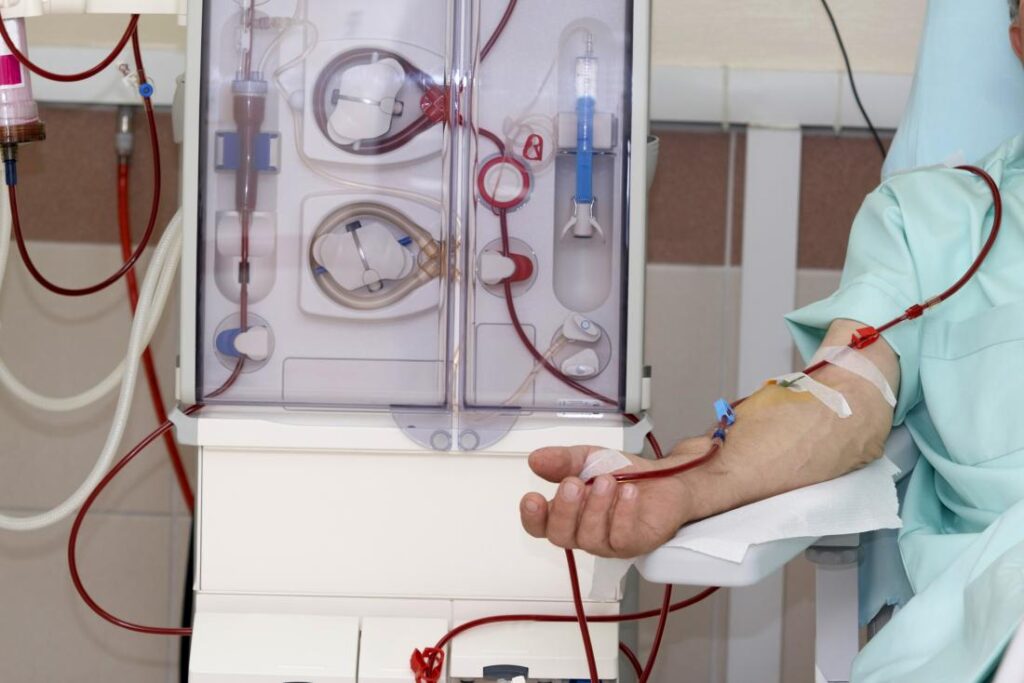Dialysis Catheter(Acute & Permacath)
💉 Dialysis Catheter (Acute & Permacath)
A dialysis catheter is a special tube inserted into a large vein to provide access to the bloodstream for hemodialysis—a treatment that removes waste, excess fluids, and toxins from the blood when the kidneys fail to do so.
There are two main types of dialysis catheters based on the duration of use:
⏱️ 1. Acute Dialysis Catheter (Temporary Catheter)
Also called a non-tunneled catheter.
Used for short-term dialysis, typically in emergency situations or acute kidney failure.
Inserted into a large vein in the neck (internal jugular), chest (subclavian), or groin (femoral).
Quick to place, usually at the bedside or in ICU.
Not ideal for long-term use due to higher risk of infection and clotting.
✅ Used when:
Emergency dialysis is needed
Patient is hospitalized with sudden kidney failure
🔄 2. Permacath (Tunneled Dialysis Catheter / Permanent Catheter)
A tunneled catheter, designed for longer-term use (weeks to months).
Placed under the skin and tunneled into a central vein, usually in the neck.
Ends with a port outside the body for connection to the dialysis machine.
Has a cuff under the skin to help secure the catheter and reduce infection risk.
Placed in a minor surgical procedure, often in the cath lab or operation theatre.
✅ Used when:
AV fistula or graft is not ready or not possible
Long-term dialysis is needed before other access is created

